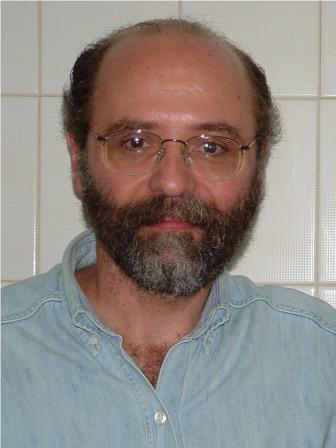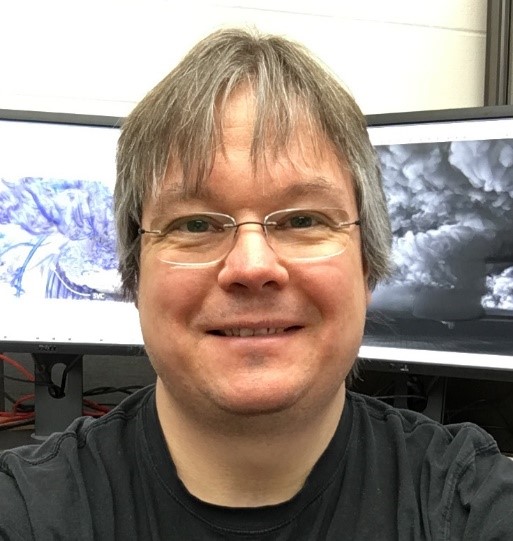Plenary Speakers (CFDSC Track)
|
|
Marcelo de Lemos, Instituto Technologico De Aeronautica, Brazil Prof. de Lemos has obtained his PhD degree from Purdue University, USA. He spent a year as Assistant Professor at PUC-RJ in 1984, followed by two years as Resident Associate at Argonne National Laboratory, Illinois. In 1986, he joined the Aeronautical Institute of Technology -ITA in São José dos Campos, Brazil. He is Full Professor at ITA, founder and head of the Computational Transport Phenomena Laboratory -LCFT and the newly established Competence Center for Energy – CCE. He also serves as Head of the Department of Energy. Prof. de Lemos has set a new mathematical framework for novel treatment of turbulent flow, heat, and mass transfer through permeable media. He has published more than 370 articles in conference proceedings and journals in addition to ten book chapters and five books. He is member of the Honorary Editorial Advisory Boards of Int. J. Heat & Mass Transfer and Int. Comm. Heat & Mass Transfer, member of the Editorial Advisory Board of J. Porous Media and Editorial Board Member of Int. J. Dynamics of Fluids and Int. J. Applied Engineering Research. He has coordinated several joint research projects with DLR and Uni-Erlangen, Germany, and has delivered seminar lectures in Brazil, USA, Portugal, Tunis, Lebanon, Italy, France, Germany, South Korea, Romania, UAE and Japan. He is Consultant to Brazilian Education Ministry (CAPES), Brazilian National Research Council (CNPq) and São Paulo State Research Foundation (FAPESP). Prof. de Lemos is the Fellow of American Society of Mechanical Engineers –ASME. |
|
|
Leigh Orf, University of Wisconsin Dr. Leigh Orf is an atmospheric scientist at the Cooperative Institute for Meteorological Satellite Studies at the University of Wisconsin. Leigh received his PhD in 1997 at the University of Wisconsin and was faculty at the University of North Carolina - Asheville and Central Michigan University before returning to the UW in 2015. His research focuses on the dangerous winds that occur in thunderstorms, primarily through the use of numerical models run on supercomputers to simulate entire thunderstorm clouds and their surrounding environment. He is primarily interested in the processes involved in the formation of downbursts and the genesis and maintenance of tornadoes. He has developed routines to manage and visualize, with very high fidelity, the tremendous of data produced in these simulations to provide new insight into the most dangerous storms. |



